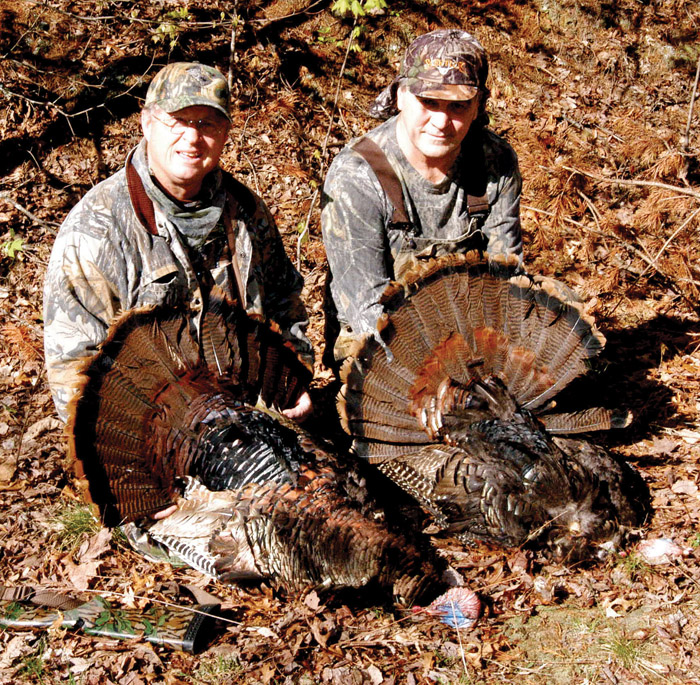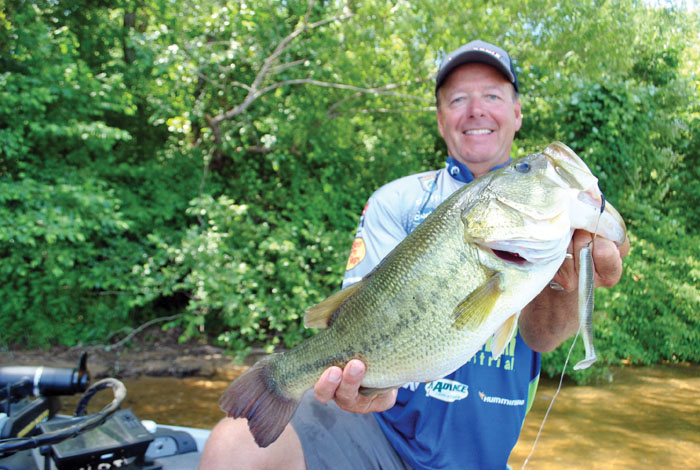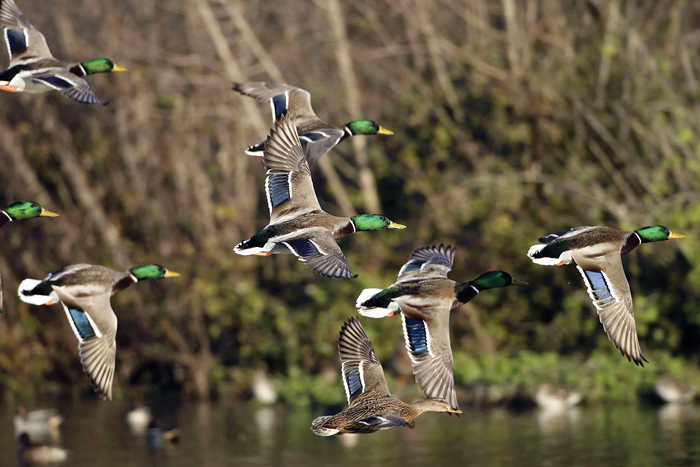Fishin' with Capt. Gus: Make sure the battery works
Published 12:00 am Thursday, June 21, 2012
One of the worst things that can happen to a boater is to hear a “click-click” noise when the ignition key is turned on. A dead battery at the ramp usually sets the tone for an aggravating, or perhaps even an aborted outing.
“Battery issues occur all too frequently, particularly at the beginning of a new boating season,” says Interstate Battery representative, Craig Flanegan.
The biggest reason is that batteries, regardless of chemistry, discharge over time when not in use. The rate varies, depending on temperature and a variety of conditions, but it is safe to say that a battery that hasn’t been charged for three to six months has lost most of its energy.”
Below are a few tips that might help start your boat motor and keep electrical accessories running properly.
• First and foremost, recharge your marine battery as soon after use as possible to prevent unnecessary loss of capacity.
• Check the fluid levels of each cell at the beginning of the season and monthly thereafter.
• If the electrolyte level (fluid) is below the bottom of the vent well and/or the tops of the plates, add distilled water as needed. Replace the caps firmly.
• Check cables and clamps for damage or loose connections.
• The battery top, terminals and connectors should be clean.
• To prevent splashing and water loss from bubbling, do not remove vent caps while charging.
• Better safe than sorry. Batteries that have been in use for two or more seasons are candidates for replacement.
• Don’t leave home (the dock) without a set of battery jumper cables. The longer the better, since they must reach from one boats battery compartment to another.
• Boat towing service companies usually include jump-starting your motor as part of their member benefits.
Remember, the problem might not be the battery. There are other issues that can prevent a boat motor from starting. Something as simple as a loose or corroded connection, a tripped fuse, or a battery cutoff switch left in the off position.
Tips from Capt Gus
During the summer months, striped bass taken from deep water become stressed and usually die when released. For that reason, Lake Norman anglers are allowed to keep any size striper up to the creel limit of four, between June 1 and Sept. 30.
While not mandatory, it is recommended, that once the creel limit has been achieved, anglers should cease to target stripers, and fish for other species.
On Lake Murray in South Carolina, a new regulation, effective the first day of July, prohibits attempting to fish for striped bass once the limit of five has been reached.
Hot spots of the week
Lots of white perch are in water to 40 feet deep. Best baits are Sabiki rigs, fished along drop-offs and in mid areas of sloughs and coves. Cat fishing is very good for those using live bream, fresh cut bait or chicken parts laced with garlic seasoning. Spotted bass are chasing baitfish to the surface in boat basins and coves (early and late) and off shallow points throughout the day when the surface is calm.
The surface water temperature varies by location, but is mainly in the 80s in waters not affected by power generation. The water level is about 1.5 feet below full pond on Lake Norman and about 3 feet below on Mountain Island Lake.
•
Capt. Gus Gustafson of Lake Norman Ventures is an outdoors columnist and a full-time fishing guide on Lake Norman. Visit his website at www.fishingwithgus.com or call 704-617-6812.




